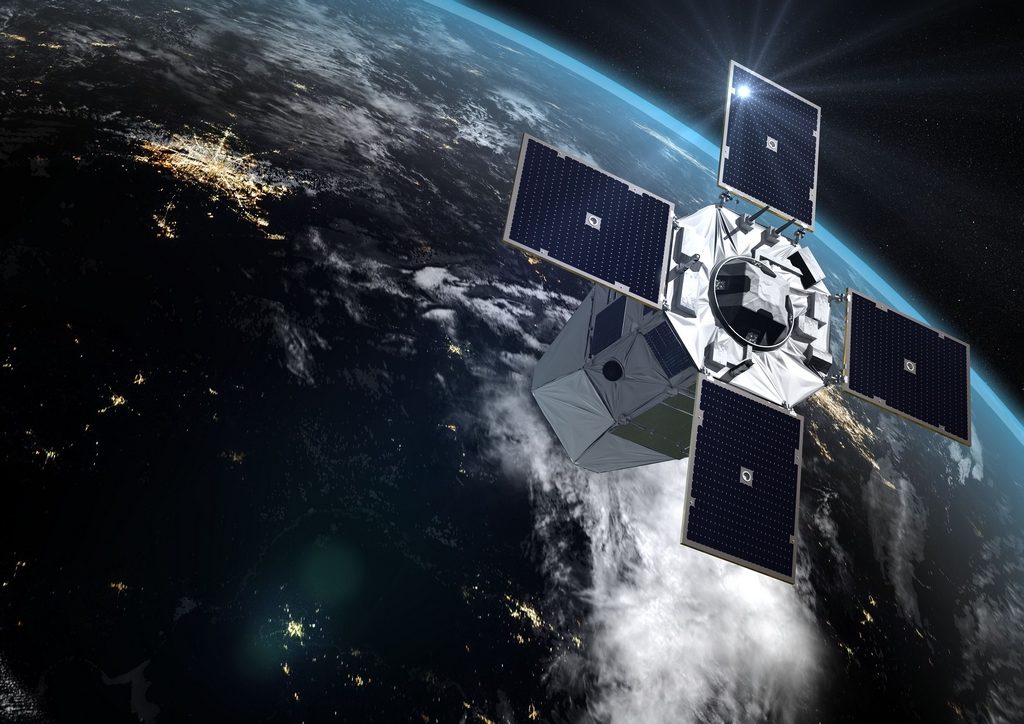SpaceX passe à un Starship de nouvelle génération pour le vol 7

Block 2, captures du premier puis du deuxième étage, transfert de carburant dans l'espace... le planning des essais du Starship pour 2025 se forme progressivement.

Block 2, captures du premier puis du deuxième étage, transfert de carburant dans l'espace... le planning des essais du Starship pour 2025 se forme progressivement.
Read more of this story at Slashdot.
Read more of this story at Slashdot.
Read more of this story at Slashdot.

Les intempéries récentes aux États-Unis ont relancé, une nouvelle fois, l'intérêt des sphères complotistes autour du projet de recherche HAARP. Un observatoire dédié à l'étude de l'ionosphère qui suscite, depuis sa création il y a 30 ans, des théories paranoïaques entre influence militaire et manipulation du climat.
Read more of this story at Slashdot.
Read more of this story at Slashdot.

Après le vol inaugural d'Ariane 6, survenu à l'été 2024, la fin de l'année devait être l'occasion d'organiser le 1er vol commercial de la nouvelle fusée européenne. Hélas, le planning a glissé, et a fait un « perdant » : l'armée française, qui devra patienter quelques mois de plus avant de voir la mise en service d'un satellite militaire clé.
Read more of this story at Slashdot.
Read more of this story at Slashdot.

Coïncidence ou non de calendrier, SpaceX a annoncé le 6 novembre la date de son prochain vol d'essai pour le Starship. Pile le jour de la victoire de Donald Trump, candidat républicain très largement soutenu par Elon Musk, le fondateur de SpaceX.

Coïncidence ou non de calendrier, SpaceX a annoncé le 6 novembre la date de son prochain vol d'essai pour le Starship. Pile le jour de la victoire de Donald Trump, candidat républicain très largement soutenu par Elon Musk, le fondateur de SpaceX.
Read more of this story at Slashdot.
Read more of this story at Slashdot.

L'élection présidentielle américaine se joue début novembre 2024 entre Kamala Harris et Donald Trump. Des millions d'Américains ont été appelés aux urnes pour choisir. C'est aussi le cas des astronautes actuellement dans l'espace. Ils ont dû toutefois suivre une procédure spéciale pour pouvoir voter depuis l'ISS.

L'élection présidentielle américaine se joue début novembre 2024 entre Kamala Harris et Donald Trump. Des millions d'Américains ont été appelés aux urnes pour choisir. C'est aussi le cas des astronautes actuellement dans l'espace. Ils ont dû toutefois suivre une procédure spéciale pour pouvoir voter depuis l'ISS.
Read more of this story at Slashdot.
Read more of this story at Slashdot.
Read more of this story at Slashdot.
Read more of this story at Slashdot.